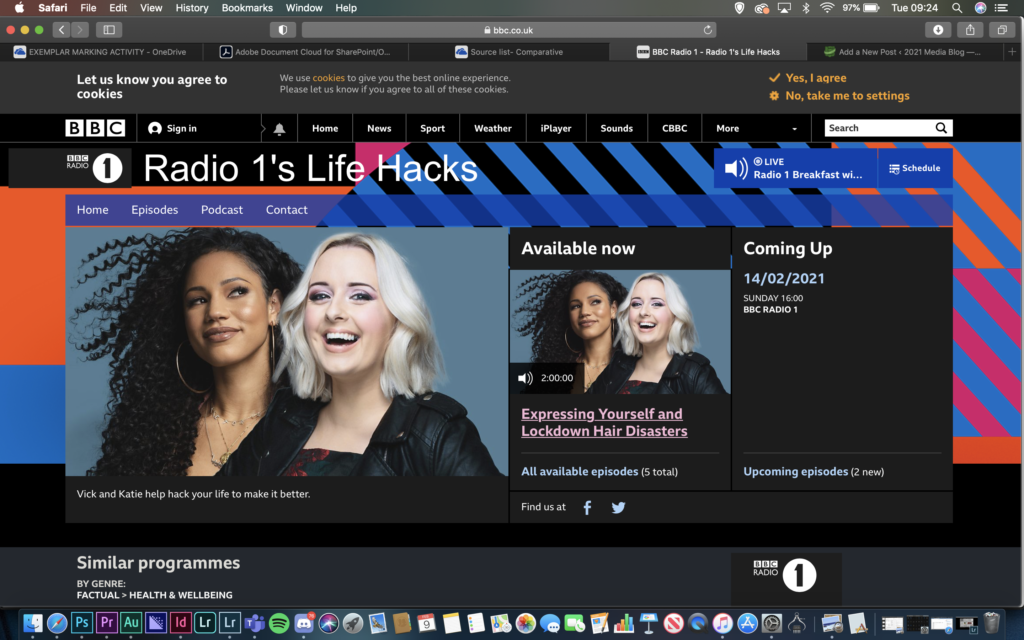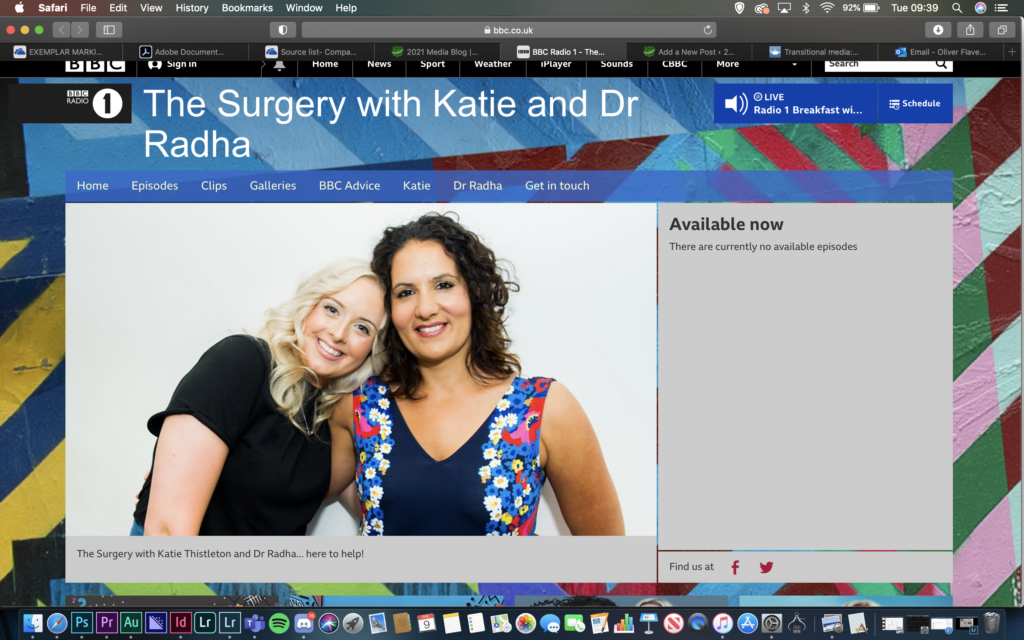- Its focused on two parents who go to France and lose sight of their son.
- The series was originally titled The Breakdown
- Filming began in February 2014 with help from the Belgian government’s tax shelter scheme
- The story is paralleled by flashbacks to 2014 and is set near a British army garrison in Eckhausen, Germany
- There are 16 episodes
- There are two series
- It was written by the brothers Harry and Williams
Symbolic montage in the title sequence
the use of melancholic music
The story will often be focused on
crime and police investigations
Muted colours Investigator is a ‘lone wolf hero’ who
has personal problems to contend with
and/or a dark past
Subdued and low-key lighting Investigator ‘hero’ may struggle with
personal relationships
Other characters are shown to be
complex and often flawed
Settings are often wintery Authority figures cannot always be
trusted
Rural landscapes are often presented
as ‘bleak’
Focus on the consequences of violent
crime
Urban landscapes are often presented
as industrial
Dramatic tension and suspense
conventions of
the crime drama are recognisable but they are also challenged and sometimes subverted
Owning a variety of media company types enables the conglomerate to distribute product benefits across a range of media forms
crime is a genre to remain popular with a range of audience groups
who seek different experiences from it
The Witnesses
is a French police procedural television series, investigate when bodies of murder victims are unearthed and left for discovery in the show homes of a housing developer
Who is the primary, secondary and tertiary audience for these products?
Genre – Similar conventions, all have detectives and is a crime story – Stephen Neale
commercial media: such as newspapers, cable TV, film, events, magazines, books, sports shows, free to air TV. The missing: BBC One
public service broadcasting :co-production between the BBC and Starz.
media concentration few companies make the same things
we lack media pluralism- a healthy balance of products made by different media company types.
vertical integration: bbc


